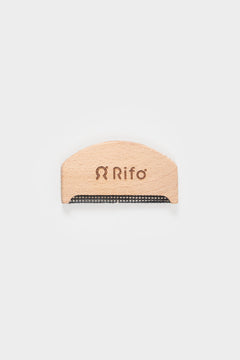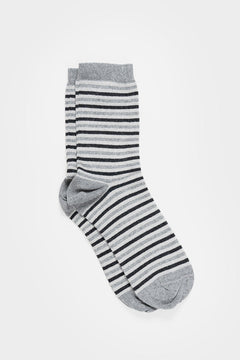The most proper way to get rid of your old garments that have already been completed their journey with you, is to throw them into the dedicated urban dumpsters. Thus, what really happens when we dispose of our old clothes into those bins?
We have already started talking some days ago about how to collect and recycle old garments and from that moment we receive many questions about this topic.
For this very reason we decided to dig into this subject, so that we asked Davide Gaglioti, project manager of a Recooper no-profit cooperative which operates between the three cities of Modena, Bologna and Rovigo with the aim to collect and sort old clothes.
What kind of clothes can we usually find into Recooper's cans? What kind of composition they have?

We mostly collect T-shirt, sweatshirts, sweaters, trousers, shoes...
It's very common to find child or teenager's clothes that they don't wear anymore because they grow up. Then there are more women's clothes than men's, because men tend to shop less and have a slower wardrobe turnover.
Regarding materials, it depends on what they have bought. Today it seems that mixed, sintethic and polyester fibers are increasing compared to the past, when it was easier to find cotton, wool and row fibers.
Once they are selected, where do old garments end up? Are they only donated?
There are huge amounts of collected clothes and handle this enormous flow only through parish donations would be impossible.
There are trade channels for exports to developing countries, for instance we have a direct line to Cameroon, where clothes are sold in African markets to cover shipping costs by sea.

Besides being exported to developing countries, is there a part of what you collect that is destined for recycling?
Every week we select about 10.000 kg of clothes, whose 10-15% are going to be recycled. Thus, we send them to other sorting centres, which receive much larger quantities of clothes and have a much larger network than ours, so they can easily manage recycling.
What method do you use for the selection?
Our system is very simple: We have two tables on which the bags are opened and the clothes are manually sorted. Then there are boxes for each types of garments: shoes, bags, underwear, children or adults' clothes, jackets, etc.
The main purpose of this selection method is to eliminate all the waste materials found in donations. Unfortunately there are those who donate broken, dirty, smelly clothes. This type of material, even if it is thrown away and discarded, is increasing considerably.
People often confuse the collection of used clothes for the disposal of textile waste, which instead would go into general waste.

Is it feasible to describe the trend of urban textile waste? Has it increased or decreased in recent years?
We have had the internal sorting system for just one year. From what other operators of this sector report, the material has got worse due to fast fashion, therefore the percentage of waste is increasing.








